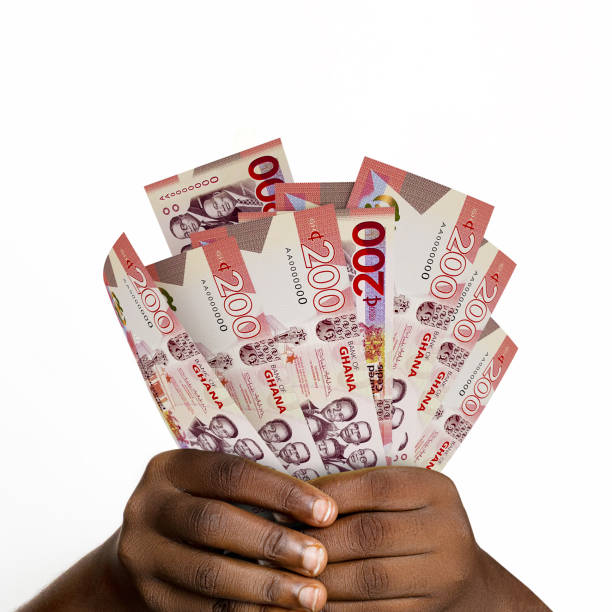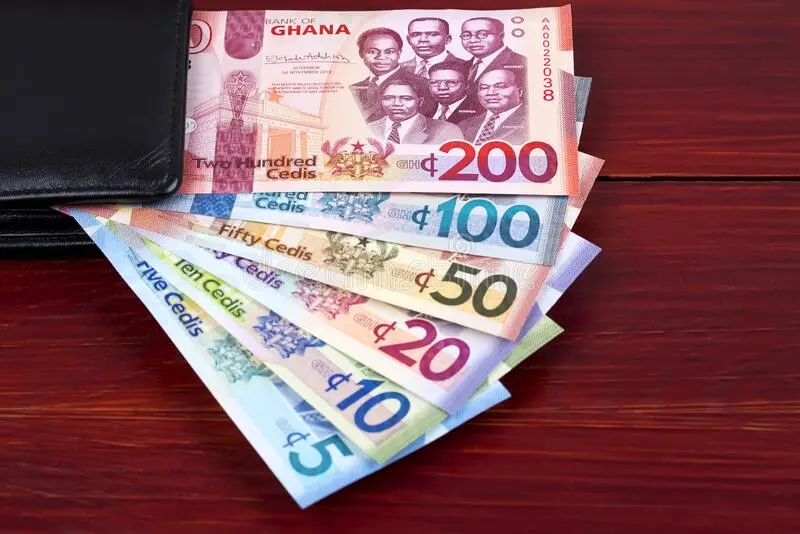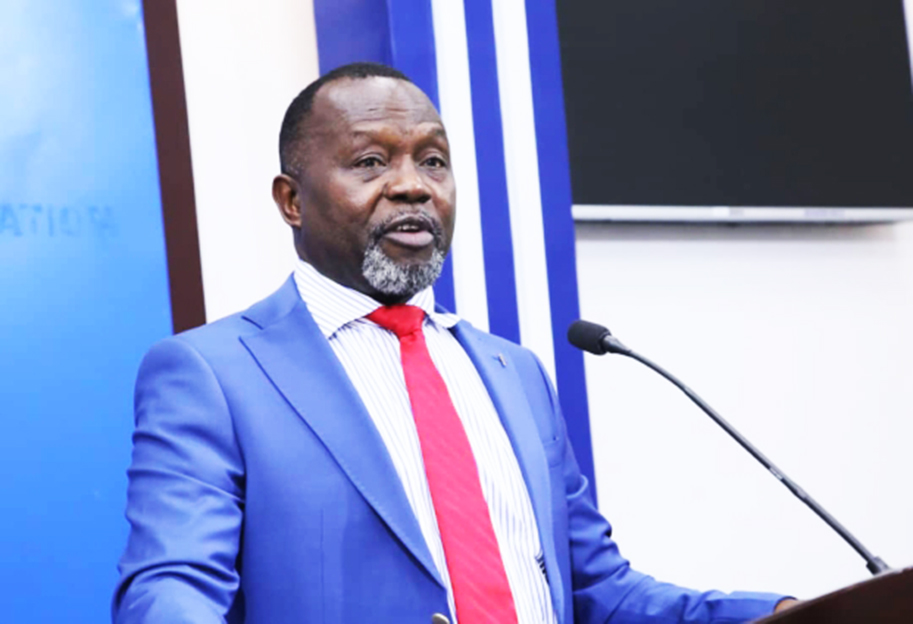Credit Kekeli K. Blamey
Ghana’s strengthening cedi is beginning to reshape the nation’s debt landscape, easing pressure on its foreign debt load.
The local currency, which had been on a steep decline since mid-2022, has rallied in recent weeks, offering some fiscal relief to the government amid ongoing debt servicing challenges.
According to official data, Ghana’s total public debt in dollar terms dropped by US$3 billion year-on-year to US$49.4 billion by the end of 2024. However, the cedi-denominated debt rose by GH¢116.7 billion to GH¢726.7 billion, driven largely by earlier currency depreciation.
The turnaround came as the cedi appreciated 10.5 percent in early 2025, strengthening from GH¢14.71 to GH¢13.31 per US dollar. Similar gains were recorded against the pound (5.9%) and euro (5.8%).
This recovery has been supported by soaring gold prices, which climbed from US$2,000 per ounce in early 2024 to over US$3,400 by May 2025. As the world’s sixth-largest gold producer, Ghana benefitted significantly, with gold exports rising to US$11.6 billion in 2024.
The surge in gold exports contributed to a US$4.98 billion trade surplus, bolstering foreign reserves. The revamped gold-for-reserves programme—now managed by the Ghana Gold Board (GOLDBOD)—has also played a key role.
The Bank of Ghana (BoG), in tandem with GOLDBOD, increased gold purchases, especially from small-scale miners, expanding its holdings from under 9 tonnes in May 2023 to over 31 tonnes by April 2025. This helped push BoG’s international reserves to US$9.4 billion, up from US$6.2 billion a year earlier.
Financial analyst Kwadwo Acheampong sees these developments as a positive sign. “Building up reserves strengthens our buffer against external shocks,” he noted, adding that gold-backed trade could further reduce dependence on volatile currencies.
Policy moves have reinforced the cedi’s momentum. After heavy FX market interventions in late 2024, BoG switched to spot forex sales in 2025, calming market nerves.
It also raised its policy rate to 28 percent in March 2025, tightening liquidity and boosting investor interest in cedi assets. Fiscal discipline has also improved, with Treasury bill rates dropping to around 15 percent and GH¢69 billion in arrears payments suspended pending audits.
Despite the gains, risks persist. Ghana’s foreign debt stood at GH¢416.8 billion (US$28.3 billion) or 57.4% of total public debt. Debt servicing remains front-loaded: GH¢150.3 billion in domestic payments are due between 2025 and 2028, with over 70% of that in 2027–2028. External obligations of US$8.7 billion over the same period follow a similar pattern.
COCOBOD’s debt adds to fiscal pressure, with GH¢9.7 billion due by September 2025 and additional liabilities under cocoa road contracts not fully captured in financial statements.
Debt restructuring has progressed, with 93% of the programme completed. This includes restructuring US$20.3 billion in domestic debt, US$13.1 billion in Eurobonds, and US$5.1 billion in bilateral loans.
The Eurobond deal brought a 37% nominal haircut, lower coupon rates, and US$4.3 billion in debt service relief during the IMF programme (2023–2026). Ghana has also signed an MoU with its Official Creditor Committee and is in talks with private creditors and Chinese lenders.
The IMF has given its backing, reaching a staff-level agreement on the programme’s fourth review. Ghana is set to receive US$370 million following board approval, further boosting its external position.







